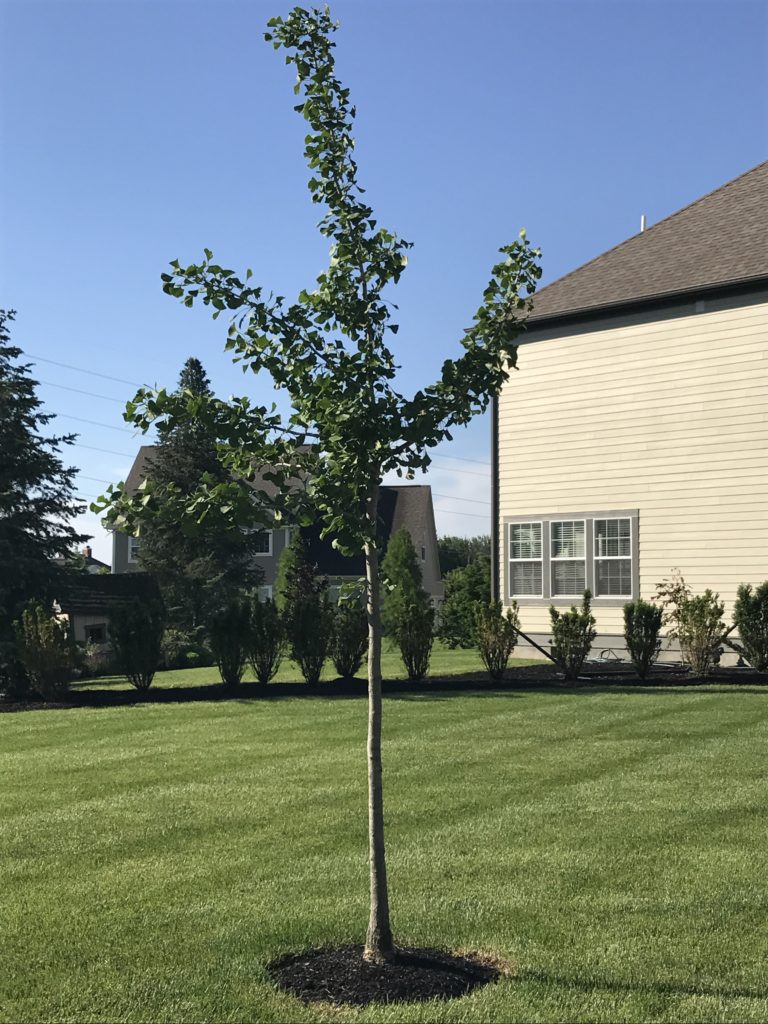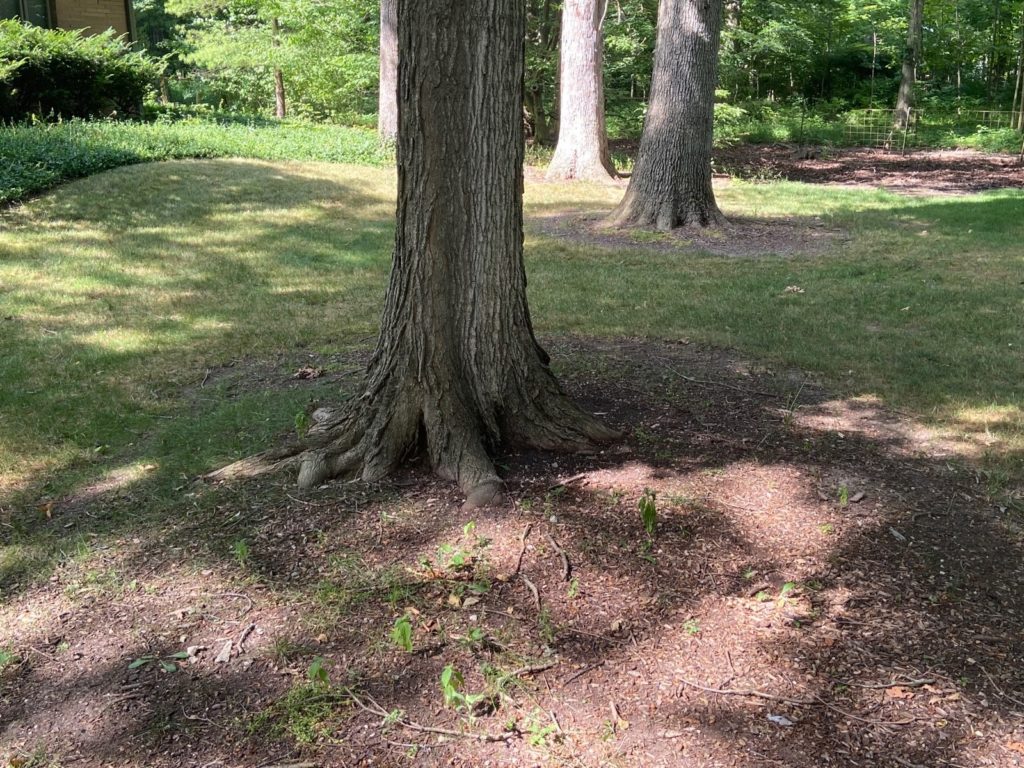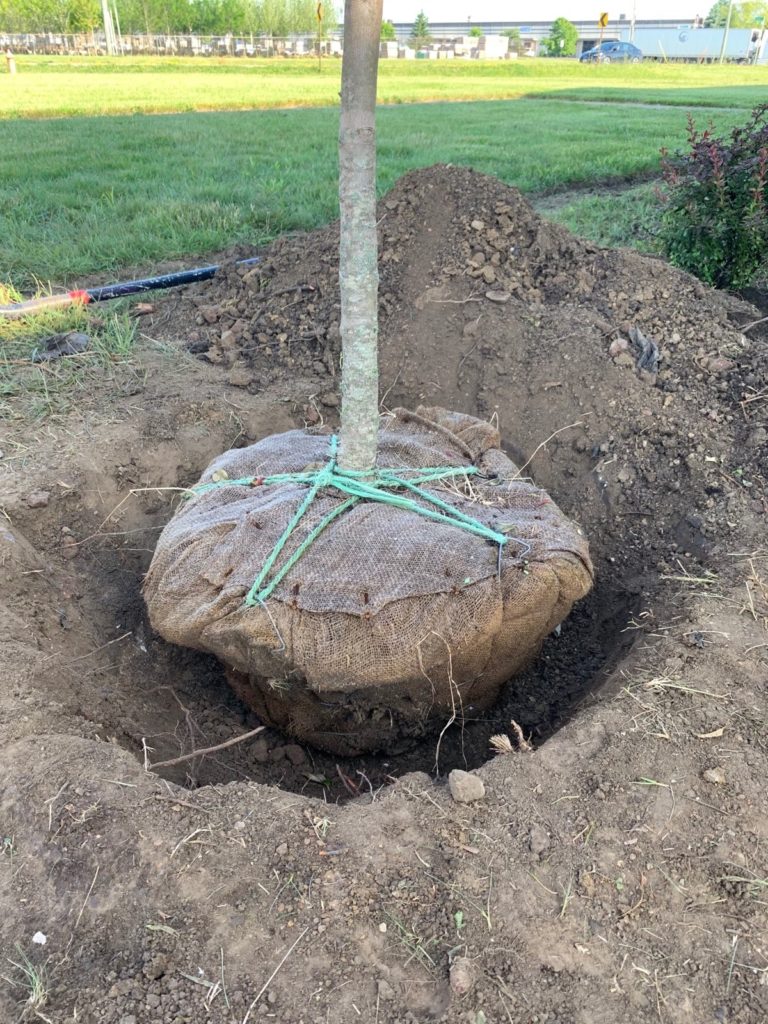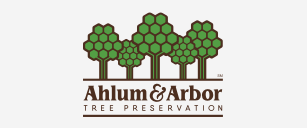Selecting The Right Tree
The warm weather and longer days are finally here! Now is a great time to plant trees and enjoy the outdoors. We often hear that clients are having issues keeping their newly planted trees alive. The two main questions that should be asked are 1) Did you select a good tree? And 2) Did you plant the tree correctly?
Did You Select a Good Tree?
To address the first question, there are a few boxes to check initially.
- Make sure the tree is in good condition with strong branches
- Look for an exposed root flare at the grade of the root ball.
- Do some research on the trees that are local to your area. Search for information like the hardiness zone and soil Ph of your area.
The hardiness zone and soil Ph can cause a lot of issues for your tree if you select one that is not compatible with your environment. White Oak, Sugar Maple, and Hackberry are great examples of native trees to plant in central Ohio.
Soil Ph
Soil Ph can make or break your tree because your tree’s soil allows it to have adequate nutrient uptake. Birch trees for example thrive in acidic soil making them inadequate for Central Ohio soil, which is mostly alkaline. Although a lot of folks like the aesthetic of planting a birch tree, it will need consistent care.
Hardiness Zone
The hardiness zone will inform you on how cold hardy or heat tolerant your tree needs to be to survive in your climate. Be sure to find out where your tree is from originally because a lot of trees in nurseries are not local. They are from different hardiness zones and different soil types. Keep this in mind and try to select a tree local to this area to ensure its survival.
Did You Plant The Tree Correctly?
To address the second question, improper planting can be the most common cause of tree issues. At Ahlum & Arbor we have multiple articles and posts on social media instructing the proper way to plant. The first and most important part of the tree planting process is digging your hole. It is imperative that you do not dig your hole too deep. For more information on tree planting, check out our tree planting fact sheet!

Planting Too Deep
The number one cause of tree death is in fact planting too deep. When the root flare is covered up by dirt, the soil can suffocate the tree and cause girdling roots. On average, the root ball should be planted 1 to 2 inches above grade. Once the hole is dug deep enough, the width of the hole should be 1.5 to 2 times wider than the root ball. This will allow the roots to establish themselves properly.

Remove Material
Once the tree is planted, be sure to remove the burlap, twine, and wire materials. After the material is removed and the hole is backfilled, it is time to focus on post planting care. Newly planted trees require plenty of water, at least 1 inch per week. Be sure to not add too much water because that can be equally as bad as not enough water and will create a mulch volcano. Mulch can be lightly applied to the base of the tree. A good amount of mulch to add is 1 to 2 inches. Any more mulch will be harmful to your tree and can encourage girdling roots.

Conclusion
If you have any questions about where to start with planting, feel free to ask an arborist near you next time they are out on your property. They are certified tree experts and can provide valuable insight to make sure your trees reach their desired potential.

